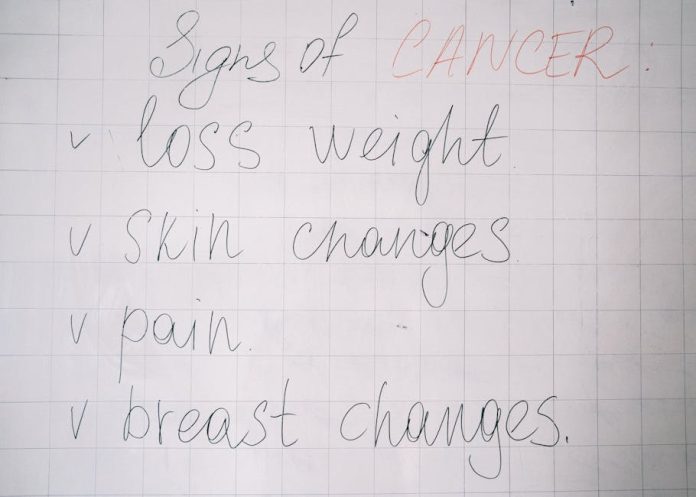
For millions facing a potential cancer diagnosis, the word “biopsy” conjures images of discomfort, anxiety, and a tense wait for results. It’s a necessary evil, an invasive procedure that, while life-saving, is far from ideal. But what if there was another way? What if a tiny, almost invisible patch could offer the same crucial insights, without a single needle stick?
Welcome to the cusp of a medical revolution. Researchers are developing a groundbreaking dermal patch designed to detect cancer biomarkers right from the skin’s surface. Imagine a future where cancer screening is as simple and painless as applying a bandage, bypassing the need for traditional, invasive biopsies altogether.
So, how does this futuristic patch work? While specifics can vary between different research initiatives, the core principle often involves microfluidics or specialized adhesives that gently collect interstitial fluid from just beneath the skin’s outermost layer. This fluid, a rich source of biological information, contains circulating tumor DNA (ctDNA), proteins, and other metabolic byproducts that cancer cells shed. The patch then acts as a sophisticated miniature laboratory, capable of capturing and concentrating these tiny signals of disease.
The potential implications are monumental. Firstly, it offers a truly non-invasive alternative to painful surgical biopsies or needle aspirations, reducing patient discomfort and the risks associated with such procedures. Secondly, its simplicity could radically improve access to early cancer detection, particularly in underserved communities or rural areas where specialized medical facilities are scarce. Patients could potentially apply the patch at home, sending it back to a lab for analysis, or even receiving rapid results on-site.
Furthermore, this technology opens doors for continuous or frequent monitoring for those at high risk of recurrence, or to track the effectiveness of ongoing cancer treatments. Instead of waiting for a tumor to grow large enough to be detected by imaging, or undergoing repeated invasive procedures, this patch could provide an earlier warning system, allowing for quicker intervention and potentially better outcomes.
While still in developmental stages and requiring rigorous clinical trials, the promise of this tiny patch is immense. It represents a paradigm shift in how we approach cancer detection – moving from reactive, invasive measures to proactive, pain-free screening. It’s a beacon of hope for a future where fear of the biopsy might just become a relic of the past, replaced by a simple, effective, and truly revolutionary piece of technology.

